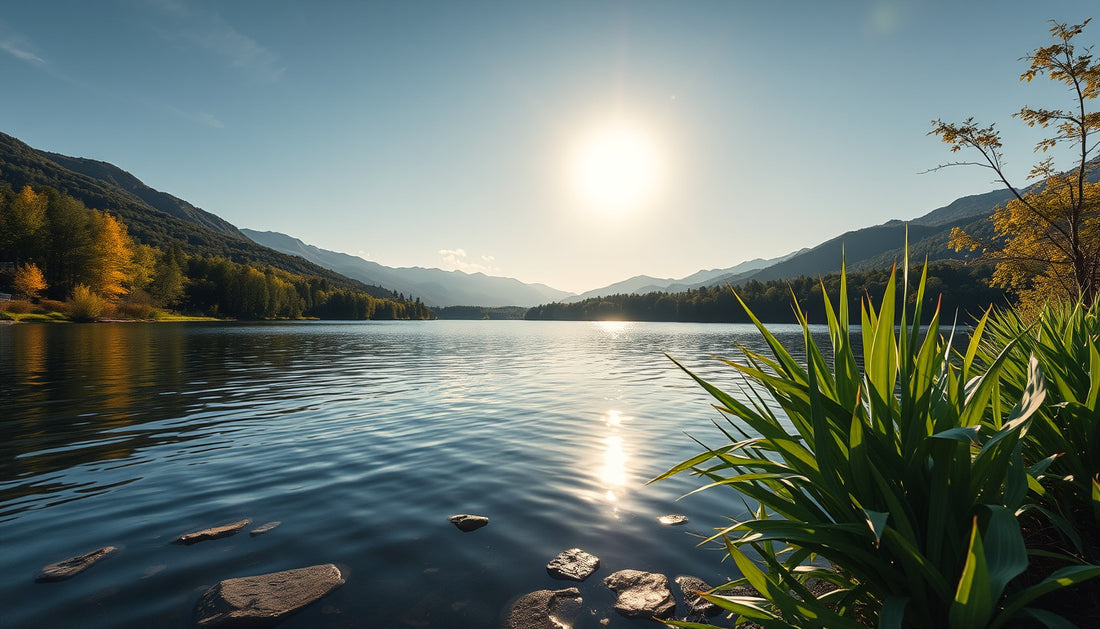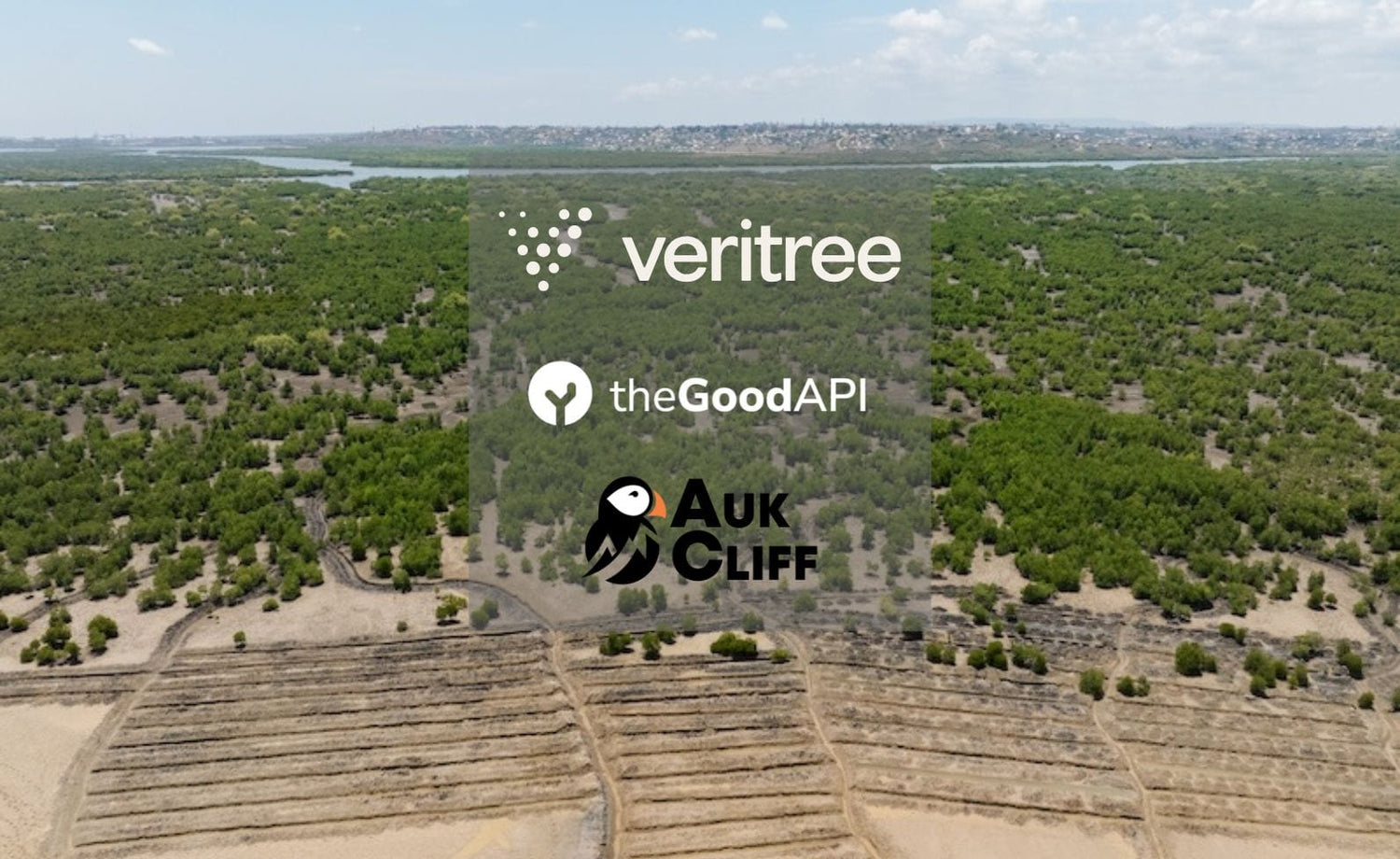
Exploring the Science of the Outdoors: Understanding Reflectivity and Its Impact on Our Environment
Share

When we step outside, we often admire the beauty of nature—the shimmering lakes, sunlit forests, and vast stretches of snow-covered land. But have you ever stopped to wonder how sunlight interacts with these surfaces? How much of that radiant energy is absorbed, reflected, or transferred back into the atmosphere? These questions lead us into the fascinating realm of reflectivity, a crucial element in the science of the outdoors that has profound implications for our environment.
What is Reflectivity?
Reflectivity, also known as albedo, is the measure of how much sunlight a surface reflects back into the sky. It quantifies the fraction of incoming solar radiation that is reflected by a surface without being absorbed. Albedo values range from 0 (no reflection, total absorption) to 1 (total reflection, no absorption).
For example:
- Fresh snow has a high albedo, reflecting up to 90% of sunlight.
- Dark ocean water has a low albedo, absorbing most sunlight and reflecting less.
- Forests have moderate albedo, varying depending on season and moisture.
Understanding reflectivity helps scientists interpret how solar energy influences temperature, climate, and ecosystem health.
Why Does Reflectivity Matter for Our Environment?
The balance between reflected and absorbed sunlight affects Earth's energy budget. Surfaces with high reflectivity cool the planet by bouncing solar energy back into space, whereas darker surfaces absorb energy, contributing to warming.
Consider these environmental impacts:
- Global warming and ice melt: As polar ice caps shrink, darker ocean water replaces reflective ice, decreasing albedo and accelerating warming—a feedback loop known as the ice-albedo feedback.
- Urban heat islands: Cities with abundant dark asphalt absorb more heat than surrounding vegetated areas, leading to higher local temperatures.
- Climate modeling: Accurate albedo measurements improve climate predictions, helping policymakers develop better responses to environmental change.
Dr. Katharine Hayhoe, a renowned climate scientist, emphasizes:
'Albedo is more than just a physical property; it’s a critical factor influencing climate feedbacks that will shape our planet’s future.'
How Do We Measure Reflectivity Outdoors?
Scientists use various techniques, including satellite observations, ground-based sensors, and aerial surveys to measure albedo across different landscapes. These data are vital to track environmental changes over time.
Some key methods include:
- Satellite remote sensing: Instruments like NASA’s MODIS provide detailed albedo maps globally.
- Spectroradiometers: Portable devices measure reflectivity on site, capturing fine-scale variations.
- Drone imagery: Unmanned aerial vehicles offer flexible, high-resolution reflectance data for smaller areas.
Real-World Examples of Reflectivity at Work
- Snowfields in the Alps: Snow’s high albedo contributes to regional climate regulation, but as temperatures rise, early snowmelt reduces reflectivity and intensifies warming trends.
- Reforestation projects: Planting trees can alter land albedo, sometimes decreasing reflectivity but increasing carbon sequestration—highlighting the complex interplay between land cover and climate.
- Cool roofs: Urban planners use reflective roofing materials to increase building albedo, reducing energy consumption and mitigating heat island effects.
What Can We Do to Help?
Reflectivity is an interactive part of Earth’s systems, and many of us might wonder, how can individual choices make a difference? While personal actions alone cannot solve complex climate issues, they contribute to a collective impact:
- Support initiatives promoting renewable energy and sustainable urban design.
- Advocate for policies that protect reflective natural landscapes like forests and wetlands.
- Get involved with community projects planting trees and restoring habitats.
- Educate yourself and others about the science of reflectivity and environmental conservation.
As environmental expert Dr. Jane Goodall once said:
'What you do makes a difference, and you have to decide what kind of difference you want to make.'
Conclusion
Understanding reflectivity enriches our appreciation of the outdoors and uncovers the delicate balance governing our planet’s climate. As we face unprecedented environmental challenges, exploring and applying the science of reflectivity allows us to make informed decisions toward preserving Earth's natural beauty and stability.
Are you ready to delve deeper into the science of the outdoors? Next time you’re outside, observe the surfaces around you and consider how they are interacting with sunlight—could these interactions be influencing the climate you live in?
Take Action Today:
Join local environmental groups, participate in citizen science projects measuring land reflectivity, or simply share your newfound knowledge with friends and family. Together, we can better understand and protect our environment—one sunbeam at a time.






